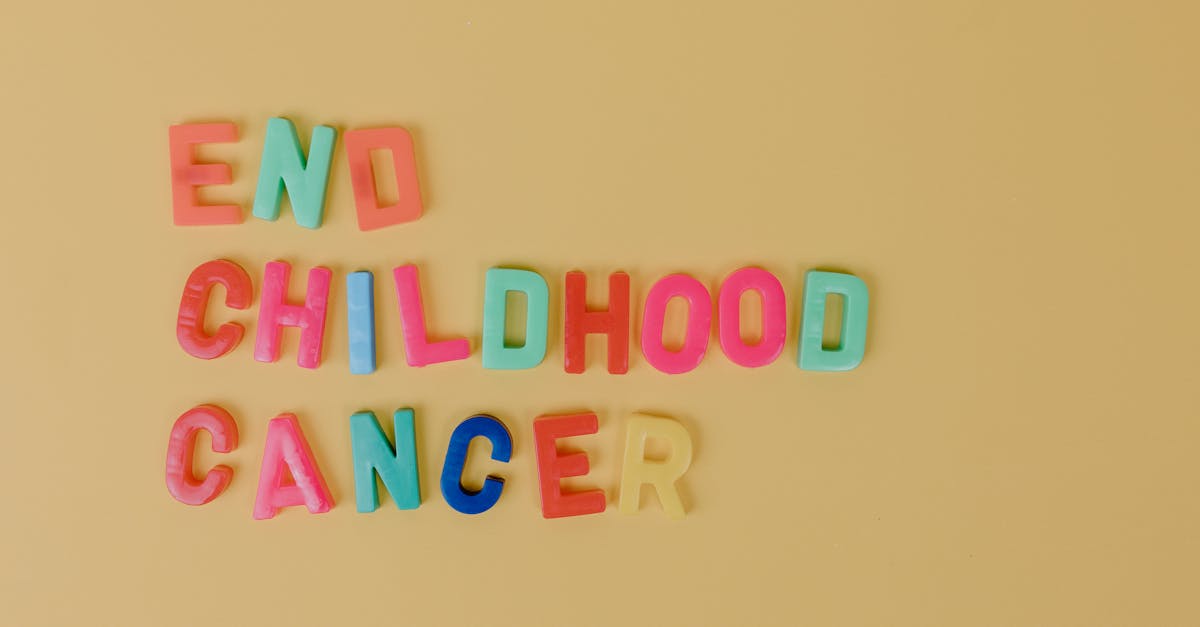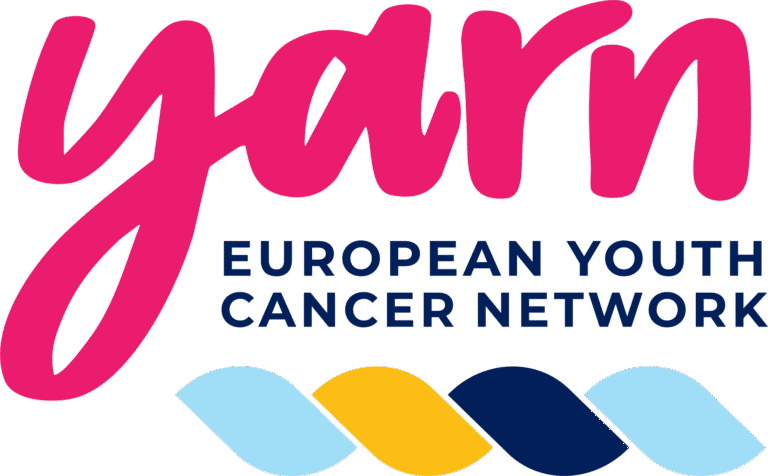
Every September, you’re invited to join a vital cause that shines a light on the youngest fighters among us—children battling cancer. Childhood Cancer Awareness Month isn’t just about statistics or ribbons; it’s a heartfelt reminder of the strength, resilience, and hope these children and their families embody.
You play an essential role in raising awareness and supporting research that can save lives. By understanding the challenges these families face and spreading the message, you’re helping to create a future where no child has to fight this battle alone. Together, we can make a difference, one step at a time.
Key Takeaways
- Childhood Cancer Awareness Month is observed every September to raise awareness about pediatric cancer, honor young warriors, celebrate survivors, and remember those who lost their battles.
- Gold symbolizes strength and resilience, serving as the designated color for this global campaign.
- Raising awareness is crucial for improving early detection, boosting funding for research, and supporting affected families emotionally and financially.
- Active participation, including attending events, sharing on social media, or donating to reputable organizations, helps amplify the message and drive change.
- Sharing survivor stories and highlighting advancements in research inspires hope and reinforces the importance of ongoing innovation in treatment and care.
- Community involvement through advocacy, volunteering, and fundraising directly supports families while promoting long-term solutions for fighting childhood cancer.
Understanding Childhood Cancer Awareness Month
Childhood Cancer Awareness Month, observed every September, highlights the struggles children with cancer and their families endure. It aims to increase public knowledge about pediatric cancer, the leading cause of death by disease among children in the US, with approximately 1 in 285 children diagnosed before age 20.
Groundbreaking research, early detection, and innovative treatments improve survival rates, yet many cancers remain incurable. By raising awareness, you help amplify the need for funding these advancements.
The month also serves as a time to honor young warriors, celebrate survivors, and remember those who lost their battles. Gold, the designated color for this campaign, symbolizes strength, courage, and resilience shared by affected children and families. Supporting awareness efforts helps bring attention to their experiences.
The Importance Of Raising Awareness
Raising awareness during Childhood Cancer Awareness Month fosters understanding of the challenges children with cancer and their families face. It also encourages action to improve early detection and invest in research.
Highlighting The Challenges Faced By Children And Families
Children with cancer undergo grueling treatments such as chemotherapy, radiation, and surgery, often leading to severe side effects like fatigue, nausea, and compromised immunity. Emotional struggles, including fear and anxiety, are common due to the prolonged and painful treatment processes. Families experience financial strain from costly medical care, loss of income due to caregiving roles, and travel expenses for specialized treatments. Siblings may feel neglected as parents focus on the ill child, causing psychological stress within the household.
Spreading awareness helps the public understand these hardships, fostering compassion and inspiring support. It also encourages communities to contribute to initiatives providing mental health services, financial aid, and other resources for affected families.
Promoting Early Detection And Diagnosis
Early detection improves survival rates significantly, as treatments are more effective when cancer is caught in its initial stages. Awareness campaigns educate parents about recognizing early warning signs, including unexplained weight loss, persistent fatigue, frequent infections, and unusual lumps or swelling. By knowing these symptoms, families are better equipped to seek medical attention promptly.
Hospitals and organizations use awareness efforts to stress the importance of routine check-ups and pediatric health screenings. Publicizing advancements in diagnostic methods ensures parents understand the available tools to detect cancer early, reducing delays in treatment and improving outcomes.
Ways To Support Childhood Cancer Awareness Month
Active involvement in Childhood Cancer Awareness Month helps amplify the voices of children battling cancer and brings attention to their needs. By taking action, you can create meaningful change and support vital initiatives.
Participating In Awareness Campaigns
Participate in events such as walks, runs, or social media campaigns to raise awareness about childhood cancer. Local and national initiatives, led by organizations like Childhood Cancer International – Europe (CCI Europe) or national charities such as Children with Cancer UK, Fondation Imagine for Margo (France), and Kinderkrebsstiftung (Germany), provide opportunities to get involved. Sharing personal stories, advocacy messages, or informative graphics on social media platforms like Facebook, Twitter, and Instagram helps increase awareness and encourages community engagement. Use hashtags like #ChildhoodCancerAwarenessEurope or #GoGoldForKids to amplify your message and reach a wider audience.
Fundraising And Donations
Organize or contribute to fundraisers focused on childhood cancer research or family support services. Virtual events, charity auctions, or bake sales can generate funds while fostering community involvement. Donate to reputable organizations like Children’s Cancer Research Fund or Alex’s Lemonade Stand Foundation to finance treatment advancements, patient resources, or financial assistance programs. Ensure the transparency and credibility of organizations before you contribute.
Volunteering And Advocacy Efforts
Dedicate your time by volunteering at hospitals, camps, or events designed for children with cancer. Services like tutoring, organizing recreational activities, or offering emotional support make a significant impact on these children and their families. Advocate for policy changes by contacting legislators about increasing research funding or improving access to healthcare for pediatric cancer patients. Engaging in these efforts strengthens support systems and promotes long-term solutions.
Success Stories And Impact
Every story of survival and scientific progress highlights the resilience of children fighting cancer and the power of research. These successes inspire hope and drive continued efforts to improve outcomes.
Inspiring Stories Of Survivors
Survivors often share remarkable journeys of strength and determination. For example, children like Lily, who overcame acute lymphoblastic leukemia after enduring two years of treatment, show how perseverance and medical advances save lives. Another inspiring case is Ethan, who, after surviving osteosarcoma, now mentors other young patients facing similar battles. These stories highlight the critical role of medical teams, supportive communities, and innovative therapies in transforming lives. Survivors also advocate for awareness, emphasizing that early detection and research directly impact their own successes and inspire future breakthroughs.
Advancements In Childhood Cancer Research
Modern research has significantly improved survival rates for many pediatric cancers. For instance, survival rates for acute lymphoblastic leukemia exceed 85% in controlled settings, thanks to advancements in chemotherapy protocols. Scientists are exploring immunotherapy to harness the immune system for targeted treatments, reducing harmful side effects from traditional therapies. Precision medicine, using genetic profiling, offers tailored treatments that significantly improve outcomes for hard-to-treat cancers like neuroblastoma. Establishing collaborative trials globally accelerates progress, ensuring families worldwide benefit from these innovations. Increased investments in research directly contribute to these groundbreaking changes, making them crucial for ongoing success.
How To Get Involved
Engagement during Childhood Cancer Awareness Month empowers communities to support children and families facing cancer. You can contribute meaningfully by participating in events, raising awareness, and fostering impactful change.
Local Community Events
Join local events like charity runs, candlelight vigils, or fundraising drives to advocate for childhood cancer awareness. Activities such as gold-themed bake sales or benefit concerts provide ways to raise funds while involving your community. Collaborate with schools, churches, or local businesses to organize events supporting research and family assistance programs. Check community bulletin boards or social media platforms for upcoming events in your area.
Spreading Awareness Through Social Media
Use social media platforms to amplify awareness by sharing infographics, survivor stories, or educational content. Update your profile picture with a gold ribbon or create posts highlighting the importance of early detection and research funding. Engage with trending hashtags like #ChildhoodCancerAwarenessMonth and #GoGold to reach wider audiences. Collaborate with advocacy groups to participate in digital campaigns or start a fundraiser through online tools to maximize impact.
Conclusion
Your involvement during Childhood Cancer Awareness Month can make a lasting impact on the lives of children and families facing this difficult journey. By taking action, whether through raising awareness, donating, volunteering, or sharing knowledge, you help drive progress in research, treatment, and support systems.
Every effort counts in creating a future where no child has to battle cancer alone. Together, we can inspire hope, foster understanding, and work toward a world where every child has the chance to thrive.
Frequently Asked Questions
What is Childhood Cancer Awareness Month?
Childhood Cancer Awareness Month is observed every September to bring attention to pediatric cancer and its impact on children and families. It focuses on raising awareness, honoring survivors, remembering those lost, and advocating for increased research funding.
Why is raising awareness for childhood cancer important?
Raising awareness fosters understanding of the emotional, financial, and physical challenges faced by children with cancer and their families. It also promotes early detection, encourages financial support for research, and inspires community involvement to improve outcomes.
How common is childhood cancer?
In the US, approximately 1 in 285 children is diagnosed with cancer before age 20. It is the leading cause of death by disease among children.
What does the gold ribbon symbolize in Childhood Cancer Awareness Month?
The gold ribbon represents the courage and strength of children battling cancer and their families. Gold was chosen to signify how precious children are.
How can early detection improve childhood cancer outcomes?
Early detection allows cancer to be identified in its initial stages, making treatments more effective and significantly improving survival rates. Awareness campaigns educate parents on recognizing early warning signs.
How can I support Childhood Cancer Awareness Month?
You can support by participating in awareness events, organizing fundraisers, donating to research organizations, volunteering at hospitals, and advocating for policy changes that prioritize pediatric cancer funding.
What are some hardships faced by families of children with cancer?
Families often face psychological stress, financial challenges due to treatment costs, and emotional struggles as they support their child through grueling treatment plans.
Are there advancements in childhood cancer treatments?
Yes, modern research has introduced therapies like immunotherapy and precision medicine, improving survival rates for many types of pediatric cancer. However, some cancers remain difficult to treat, necessitating further research.
How can I participate in raising awareness online?
You can share survivor stories, infographics, and educational content on social media using relevant hashtags. Engage your network by spreading information about events or fundraising opportunities.
What organizations benefit from donations during Childhood Cancer Awareness Month?
Reputable organizations such as Childhood Cancer International – Europe (CCI Europe), Youth Cancer Europe (YCE), Children with Cancer UK, Fondation Imagine for Margo (France), Kinderkrebsstiftung (Germany), and other local charities provide essential funding for research, treatment support, and family services.
What are some inspiring success stories in childhood cancer?
Stories like Lily, who battled acute lymphoblastic leukemia, and Ethan, an osteosarcoma survivor who mentors others, highlight the resilience of children and the life-changing impact of innovative medical treatments.
How can I get involved in local awareness activities?
Participate in charity runs, candlelight vigils, or gold-themed events. Collaborate with local organizations to host fundraising drives or volunteer to support affected families in your community.
Why is research funding crucial for childhood cancer?
Increased research funding drives advancements in treatments, improves survival rates, and brings hope for finding cures for aggressive or incurable pediatric cancers.
Can spreading awareness really make a difference?
Yes, raising awareness helps educate the public, reduces stigma, and encourages support for initiatives that lead to improved detection, better treatments, and stronger family support systems.






Comments
Thank you. Comment sent for approval.
Something is wrong, try again later